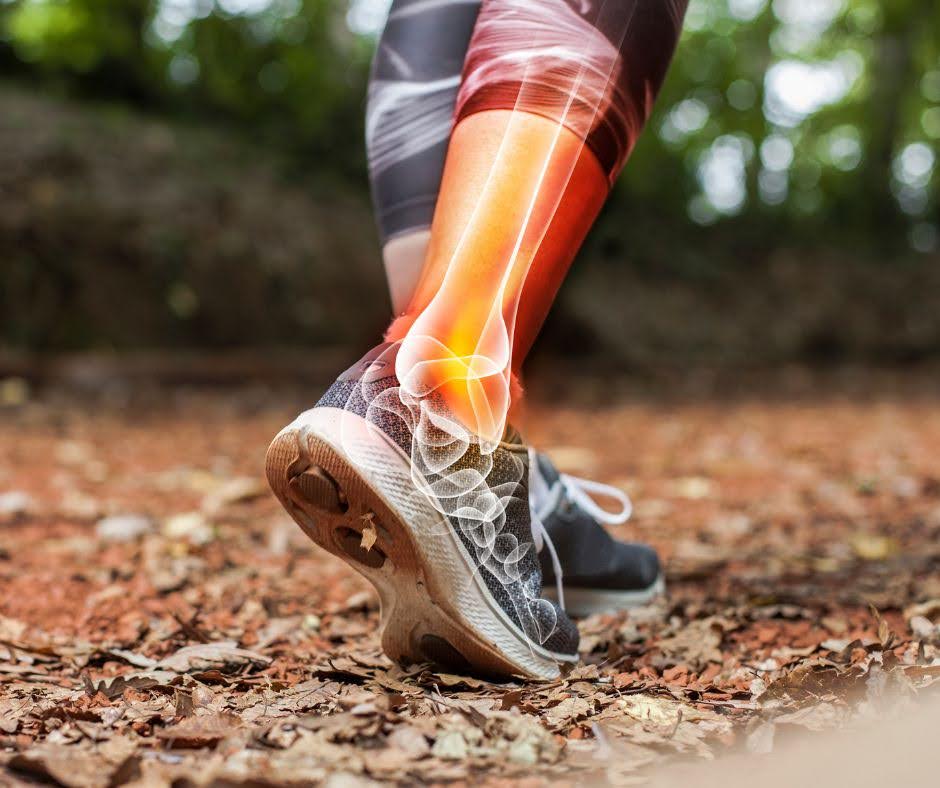As the crisp air of fall signals the start of a new sports season, athletes across all levels are gearing up for competition. Whether you’re playing football, soccer, or engaging in cross-country running, the excitement of autumn sports can sometimes be tempered by the risk of injury. Fortunately, osteopathic care offers a proactive approach to keeping athletes healthy, strong, and injury-free throughout the season.
Understanding the Risks of Fall Sports
Fall sports, while invigorating, come with unique physical demands. The sudden increase in activity, combined with colder temperatures, can place additional stress on muscles, joints, and ligaments. This environment often leads to common injuries such as:
- Sprains and Strains: Sudden movements and uneven terrain can easily result in overstretched or torn ligaments and muscles.
- Overuse Injuries: Repeated actions, like running or throwing, can lead to conditions such as tendinitis or stress fractures.
- Concussions: Contact sports like football and soccer carry a risk of head injuries, which require careful management and prevention strategies.
- Joint Injuries: The impact from running and jumping can cause knee or ankle injuries, particularly in sports with a lot of sudden directional changes.
How Osteopathy Can Help Prevent Injuries
Osteopathy is a holistic approach to healthcare that focuses on the musculoskeletal system—bones, muscles, and joints—and how it affects the body’s overall function. Osteopaths use a variety of manual techniques to improve movement, alleviate pain, and enhance the body’s natural ability to heal. For athletes, this can be particularly beneficial in preventing injuries.
1. Optimizing Body Mechanics
Osteopathic practitioners assess an athlete’s body mechanics to ensure that movements are efficient and safe. Poor posture or improper techniques can lead to unnecessary strain on the body, increasing the risk of injury. By correcting these issues, osteopathy helps athletes move more efficiently, reducing the likelihood of injuries during training and competition.
2. Improving Flexibility and Range of Motion
Flexibility is key in preventing injuries, especially in sports that require sudden movements or changes in direction. Osteopaths work to enhance flexibility and maintain joint range of motion through specific stretching techniques and manipulations. This ensures that the body can handle the physical demands of sports without overexerting certain muscles or joints.
3. Addressing Imbalances and Weaknesses
Muscle imbalances and weaknesses can predispose athletes to injuries, as certain muscles may be overworked while others are underused. Osteopathic care focuses on identifying and correcting these imbalances, helping to create a more balanced and strong physique. This holistic approach can prevent overuse injuries and improve overall athletic performance.
4. Enhancing Recovery and Reducing Inflammation
Osteopathic treatment promotes blood circulation and lymphatic drainage, which are crucial for reducing inflammation and speeding up recovery. After intense training sessions or games, this can help athletes recover more quickly, reducing the risk of injury in subsequent activities.
5. Developing a Personalized Injury Prevention Plan
Every athlete is unique, and so are their injury risks. An osteopath can create a personalized injury prevention plan based on the individual’s sport, physical condition, and specific vulnerabilities. This plan may include tailored exercises, dietary recommendations, and regular osteopathic treatments to keep the athlete in peak condition.
Tips for Athletes to Stay Injury-Free This Fall
In addition to osteopathic care, athletes can take several proactive steps to minimize their risk of injury:
- Warm-Up Properly: Always start with a thorough warm-up to prepare your muscles and joints for the physical demands of your sport.
- Stay Hydrated: Even in cooler weather, staying hydrated is essential for maintaining muscle function and preventing cramps.
- Dress Appropriately: Wear layers to keep muscles warm, and choose footwear that provides adequate support and traction.
- Listen to Your Body: Pay attention to any pain or discomfort. Ignoring early signs of injury can lead to more serious issues.
- Rest and Recover: Ensure you get enough rest between practices and games to allow your body to recover fully.
Fall sports offer an exhilarating way to stay active, but they also come with inherent risks. Osteopathic care provides a comprehensive approach to injury prevention, helping athletes maintain their physical health and perform at their best. By focusing on body mechanics, flexibility, and recovery, osteopathy not only reduces the risk of injury but also enhances overall athletic performance. As you step onto the field or track this fall, consider integrating osteopathic care into your routine to ensure a safe and successful season.
